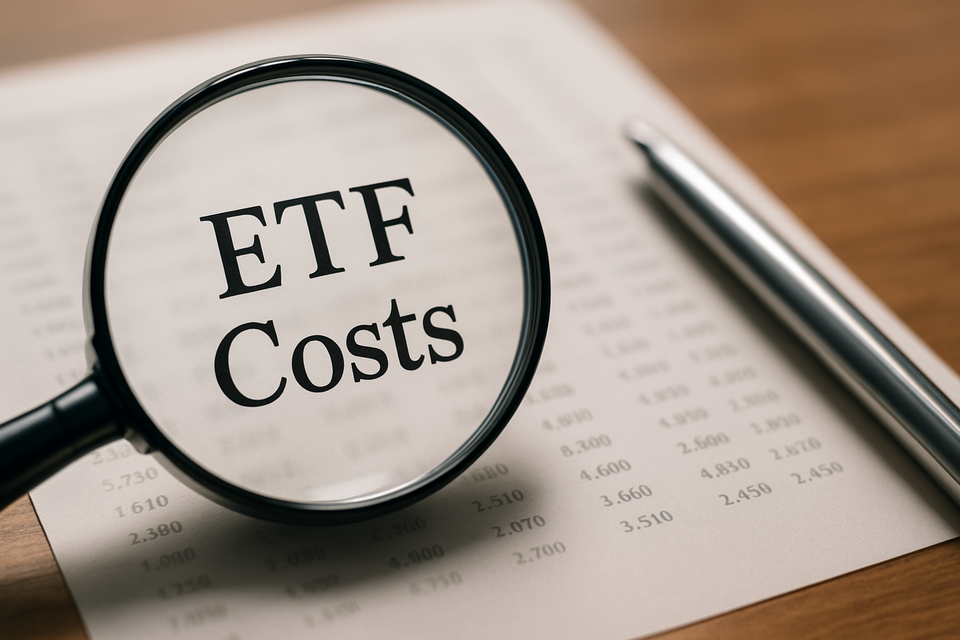Vanguard Goes Active: What It Means for Your ETF Strategy

When the king of passive joins the active ETF game, what should you do?
A Shift That Turns Heads
Vanguard built its reputation on one promise: low-cost, rules-based index funds.
So when the firm announced it will launch its first active stock ETFs in Q4 2025, investors took notice.
If the company that championed passive investing is leaning into active, you may be asking yourself: should I follow?
This isn’t just another fund launch.
It’s a reminder that the ETF wrapper can carry many strategies—some simple, some more complex.
And the choice comes down to whether you want the market’s average or a manager’s conviction.
What Active ETFs Really Mean
Unlike index ETFs, which track a benchmark, active ETFs are guided by managers who pick stocks.
They still trade intraday like any other ETF, but performance depends on manager judgment, not just market rules.
Vanguard’s new funds—focused on dividend growth, U.S. growth, and U.S. value—will be run by Wellington Management.
Most active ETFs disclose holdings daily, just like their passive peers.
But a subset use semi-transparent structures, releasing full holdings quarterly instead—something worth checking before you buy.
The wrapper looks familiar, but the engine inside is different.
Index ETFs give predictable exposure.
Active ETFs add discretion, which can create both opportunity and uncertainty.
Where Risks and Returns Shift
Active ETFs usually come with higher fees, more portfolio turnover, and in some cases less visibility than index funds.
They can shine in niche or volatile markets, where skillful stock-picking has more room to add value.
But the longer the horizon, the more data shows a hard truth: most active funds underperform their benchmarks.
The risk is simple: you’re paying for judgment.
And even with Vanguard’s trusted brand, there are no guarantees that judgment will pay off.
That doesn’t make them bad products.
It just means your decision should be based on whether the trade-off fits your strategy—not whether the label says Vanguard.
Practical Takeaways
This is where news meets your portfolio.
The headline may feel big, but the way you respond should stay measured and clear.
- Check the costs – Active ETFs typically charge more than index funds, and small fee differences compound over decades.
- Know what you own – Confirm whether the ETF is fully transparent or uses a semi-transparent model with quarterly disclosure.
- Define the role – Treat active ETFs as complements, not replacements, to your core passive allocation.
- Guard against hype – A strong brand name doesn’t change the math. Stick to your plan.
- Stay long-term – Judge results across full cycles, not short bursts of outperformance.
A Question to Sit With
When you choose an ETF, are you buying the market’s average—or a manager’s conviction?
Your Edge in the Active Era
Vanguard’s move shows that even passive giants see demand for active strategies.
But your advantage isn’t in chasing every new product.
It’s in knowing why you own what you own, and making sure it fits your goals, not the week’s headlines.
The ETF world will keep evolving, with new structures and strategies.
Your edge is remembering that no wrapper replaces discipline.
Stay clear, stay steady—and let strategy, not novelty, guide your returns.
“Active ETFs don’t change the rules of the game—they just change who’s calling the plays.”
Partner Spotlight: Money Talk Made Simple
If you’ve ever tried to explain financial news to a friend or family member, you know how quickly the jargon can get in the way.
That’s why I recommend Dinner Table Discussions.
Each week, they take the most important financial stories and break them down into clear, easy-to-understand insights you can actually talk about — whether that’s at the dinner table, with your kids, or over coffee with a partner.
No bank-speak. No political spin. Just straightforward explanations focused on what matters for real families.
It’s why more than 50,000 parents already subscribe — and why I think you’ll find it a valuable addition to your reading list.
👉 Join Dinner Table Discussions here — no jargon, just clear money talk.